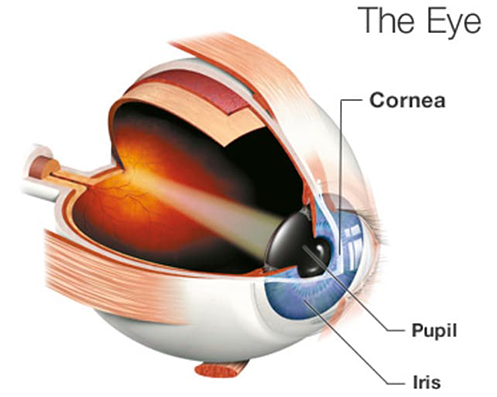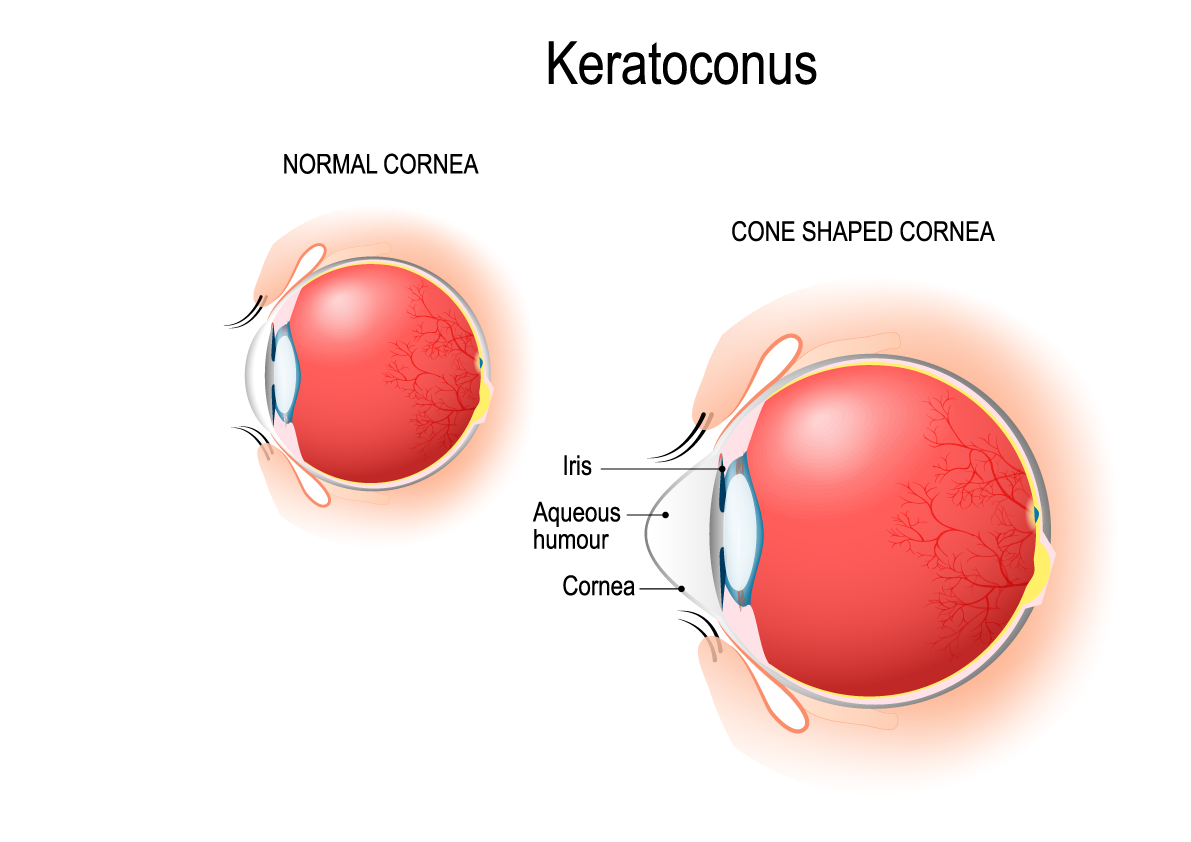If you have ever suffered from severe eye disease or have scarred corneal tissue, you may be a good candidate for a cornea transplant. The cornea is the outermost layer of your eye responsible for filtering light entering the eyes. The cornea accounts for 65-75% of your eye’s focusing power. Like any other part of the human body, the cornea is at risk of permanent scarring due to infections, and some other inherited diseases like Fuchs’ dystrophy, and trauma. Depending on the severity of the conditions, the damaged tissue in the corneal can be replaced through a corneal transplant.
What is a Cornea transplant?
A cornea transplant is a procedure in which all or some part of a damaged cornea is replaced with a healthy one via surgery, from the eye of a donor. It is also known as keratoplasty or corneal graft. A cornea transplant is usually used to help restore vision to a person with a damaged cornea.
A cornea transplant can also be used to relieve pain or other signs and symptoms associated with cornea diseases. Not all eye disease requires a corneal transplant as the mode of treatment, here are a few eye disease and conditions that would require a corneal transplant depending on their severity

Eye Diseases and Conditions That Require A Cornea Transplant
Keratoconus
Keratoconus is a very common eye condition whereby the cornea is unable to hold its natural dome shape and causes vision loss.
Although the specific cause is unknown, it is people with some allergic conditions, such as eczema and asthma; as well as those with a family history of the condition.

Degenerative conditions
Certain conditions that affect the eyes, Fuchs' Endothelial Dystrophy, for example, cause a clouding of vision which can be rectified with a corneal transplant. Other includes
- Thinning or perforation of the cornea
- Cornea scarring, caused by infection or injury
- Corneal ulcers not responding to medical treatment
- Complications from previous eye surgery
For cornea transplants, cornea used come from people who have died, but not from people who died from unknown causes or from donors who had certain health conditions, such as diseases that are contagious or certain eye diseases. Unlike major organs such as livers and kidneys, people who need cornea transplants don't require tissue matching to use a cornea.
What to expect during a Cornea transplant
There is certain preparation needed before heading for a cornea transplant, part of which is having a specialist do a proper check on your eyes and counsel you.
The type of corneal transplant needed by a patient will depend on the severity of damage the cornea has experienced and how much of the cornea needs replacing.
Types of Cornea Transplant
There are 3 main three types of cornea transplant :
- Full-thickness transplant
For this procedure, every layer of the damaged cornea will be carefully removed from the centre of the eye and replaced with a health donated cornea. This type of corneal transplant is mostly suited for those who have a high degree of cornea damage. The new cornea will be attached with small sutures. Under normal circumstances, the full-thickness transplant generally takes about an hour to finish.
- Partial-thickness transplant
The difference between Partial-thickness corneal transplants and full-thickness is that the innermost layer of the cornea is not removed. Instead, the air is injected into the eye to lift the outer and middle layers of your cornea. People with conditions such as keratoconus or mild corneal scarring are most suitable for this procedure.
- Endothelial keratoplasty
During endothelial keratoplasty, the surgeon removes and replaces only the very outermost layer of the cornea(endothelium). The donated cornea is held in place by an air bubble for a few days until it naturally sticks to a deeper layer of the cornea.
Recovery And Care After Cornea Transplant

The recovery time for a cornea transplant depends on the type of transplant you had.
it’s important to follow after-surgery instructions given by the surgeon. This is to ensure that you have a speedy and safe recovery and also reduce the risk of infection. Below are some things to note after a successful corneal transplant,
- Avoid rubbing your eyes
- Avoid doing any strenuous exercise and lifting a heavy object for the first week after surgery.
- Avoid being in dusty places that will irritate your eyes
- Wear sunglasses in bright lights that you may feel extra sensitive to
- Avoid swimming until your surgeon instructs you that it is safe to do so
- Be extra careful not to get water in your eyes whilst showering until your surgeon say it is safe to do so
- Do not drive until your surgeon advises you that is it safe
Most people who undergo a cornea transplant can have very good visual results.
